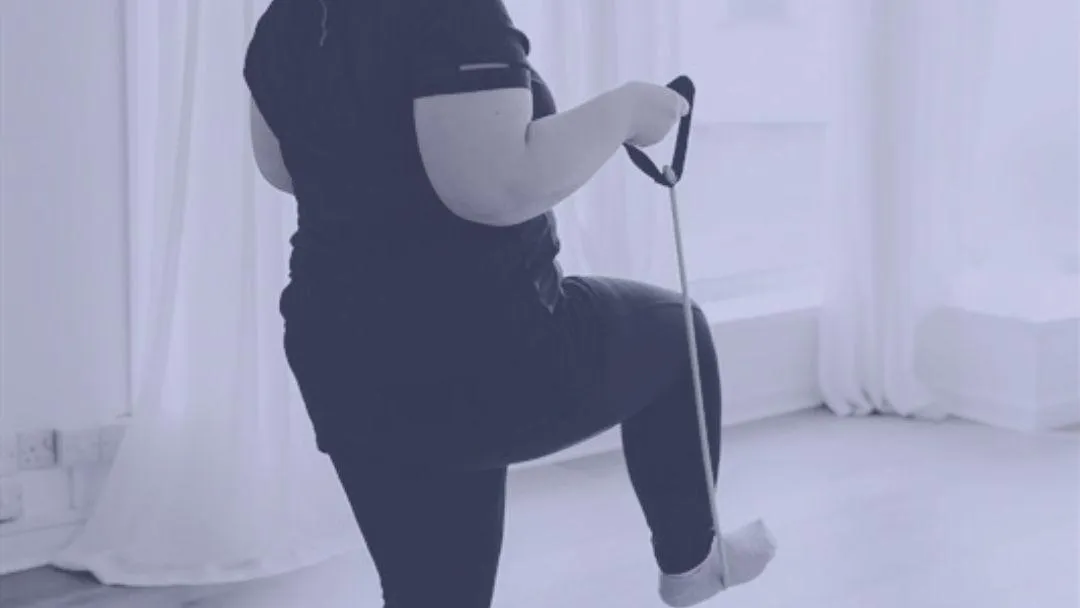
10 benefits of choosing Exercise as your New Year’s resolution
10 benefits of choosing Exercise as your New Year’s resolution
New year, New you? That is often how the gyms and weight loss companies sell their products and have a huge spike in revenue in January. New year resolutions can be great to start new habits or stop bad ones but many give up within a few weeks.
Try and set yourself realistic goals and resolutions that you can maintain throughout the year that will have a lasting benefit to your wellbeing.
Embracing exercise is a fantastic resolution, offering a bunch of benefits that extend far beyond merely losing a few pounds.

Here are 10 of the many benefits of Exercise on your health and wellbeing:
1. Maintaining a healthy weight
Having a regular fitness routine helps you burn calories, maintaining a healthy balance between what you eat and use. Eating a healthy diet and doing regular exercise can help you lose or maintain a healthy weight.
2. Reducing Joint and Muscle pain
Our bodies thrive on movement—the right kind. Exercise can alleviate joint and muscle pain by enhancing strength in weak muscles and increasing flexibility in tight ones. This keeps our joints stable and moving correctly which in turn reduces pain or discomfort.
3. Cardio for a Healthy Heart, Lungs and Brain
Exercise not only strengthens our skeletal muscles, but it also can strengthen our heart and lungs. This leads to a reduced resting heart rate and blood pressure and an increase in lung capacity. Not only that but cardio exercise also increases blood flow to the brain decreasing the risk of stroke, improves cognition and reduces risk of dementia.
4. Boosting Mental Wellbeing
Exercise unleashes our feel-good endorphins, combating depression and anxiety. Exercise also helps reduce our stress hormones especially if exercising out in nature or doing something like yoga.
5. Looking After Digestive Health
Exercise stimulates the bowels which helps reduce constipation and maintains your digestive system's health. Exercise also helps to regulate your blood sugar and gut bacteria. Having a healthy digestive system helps reduce symptoms of pelvic floor dysfunction, menopause and improves general wellbeing.
6. Improving sleep quality
Exercise's benefits extend to sleep by dealing with the underlying causes of poor sleep such as pain, anxiety and excess energy. Try to avoid rigorous exercise too close to bedtime as this can raise adrenaline levels and make it more difficult to get to sleep. Doing some yoga or similar exercise before bed can help with relaxation and calming the mind.
7. Reducing Menopause symptoms
Many Studies highlight exercise as a useful tool in reducing peri and post menopausal symptoms. Discomfort, mental health challenges like depression and anxiety, digestive issues such as bloating and constipation, and disrupted sleep are frequent symptoms experienced during menopause. As mentioned earlier, incorporating exercise into your routine can play a crucial role in alleviating these symptoms. Furthermore, exercise, particularly resistance training, has shown positive effects in addressing hot flushes, night sweats, and low libido associated with menopause.
8. Improved sexual function
Participating in cardiovascular exercise has been proven to heighten arousal for women, with some studies indicating that this effect may be linked to positive body image and improved mental health. Additionally, strength training supports women in boosting testosterone levels, contributing to enhanced libido. This holds particular significance for peri and postmenopausal women, as testosterone levels typically decrease during this phase.
9. Improving Bone health
As we age our bone mass decreases which can lead to conditions such as osteoporosis. Weight-bearing and resistance exercises help to maintain bone density and reduces the risk of osteoporosis.
10. Better Posture and Balance
In the modern world we spend most of our time slouched over a desk or on a sofa. This leads to poor posture and associated joint and muscle problems. Exercise, particularly things like Pilates and yoga, helps to improve posture and strengthens our muscles improving balance. Improved balance as we age reduces risks of falls and improves mobility.
Examples of Each Type of Exercise
Cardiovascular Exercise
- Walking
- Running or jogging
- Team sports like basketball or soccer
- Cycling, whether outdoor or stationary
- Swimming or water aerobics
Resistance Exercise
- Weight lifting or strength training
- Bodyweight exercises like push-ups or squats
- Pilates, particularly reformer exercises
Flexibility/Balance Exercise
- Pilates and Yoga
- Balance exercises like single-leg stands or stability ball exercises
Tips on How to Get Started
Starting your fitness journey doesn't have to be overwhelming. It is recommended to do 150 mins of moderate exercise a week but that can be broken up into small pockets throughout the week. Begin with small, manageable tasks, like taking a 5-minute walk at lunchtime or having a dance party in the kitchen. Choose exercises you enjoy, ensuring a mix of different types—cardio, strength, and flexibility- to keep your body and mind happy and healthy. Maybe join a class and meet some new people or meet up with some old friends for a walk.
Remember, doing something is always better than doing nothing! Start with small, enjoyable activities and gradually build up to more as you find your rhythm.
Pilates is a great exercise to start building your fitness goals- check out the website for details of our Pilates services Here.
